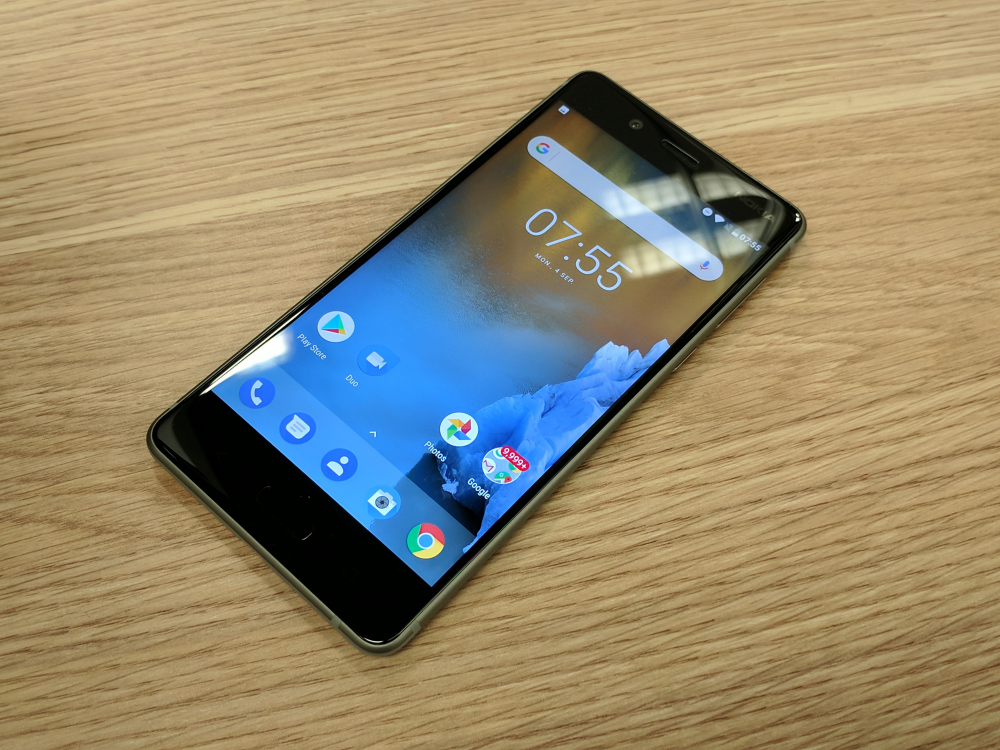
Nokia holds a special place in the minds and hearts of many Australians; not just consumers but also tech journalists who grew up carrying one of the brand’s many phones around in their pocket. Posts about the new Nokia brand and phones have caught on like wildfire across the industry, and it’s fair to say there’s a lot of lingering love out there for the brand.
The announcement of the Nokia 8 brought about a bit of a sigh of relief. The relaunched company’s earlier phones – Nokias 3, 5 and 6 – were “nice enough” low-to-midrange phones with some low-end specs that stopped them going on a must-buy list. They seemed more like products designed to test the waters for a comeback and see whether the company’s China-based manufacturing and supply chain was up to the task, and maybe that’s accurate. Media and fans alike really wanted to see the company come out with a phone at the high end of the market to signal its proper return.
The Nokia 8 shows that the company is ready to bring its guns to bear on the high end of the market and fight for a spot at the table. It’s serious about putting the Nokia brand back in your pocket with premium specs that mostly go toe-to-toe with the heavyweights of the market. It’s all delivered in a stylish package that feels great to hold.
What will really make Android enthusiasts sit up and take notice though is Nokia’s Pure Android software approach. With stock Android, security patches and $899 outright asking price, Nokia might have just delivered a Pixel for the rest of us.
Pros
– Lovely industrial design makes the phone a pleasure to hold and use
– Pure Android means your phone will always be up to date (at least, for a couple of years)
Cons
– Home button / fingerprint scanner occasionally gets confused
– Camera is not quite where it needs to be for the high end of the market
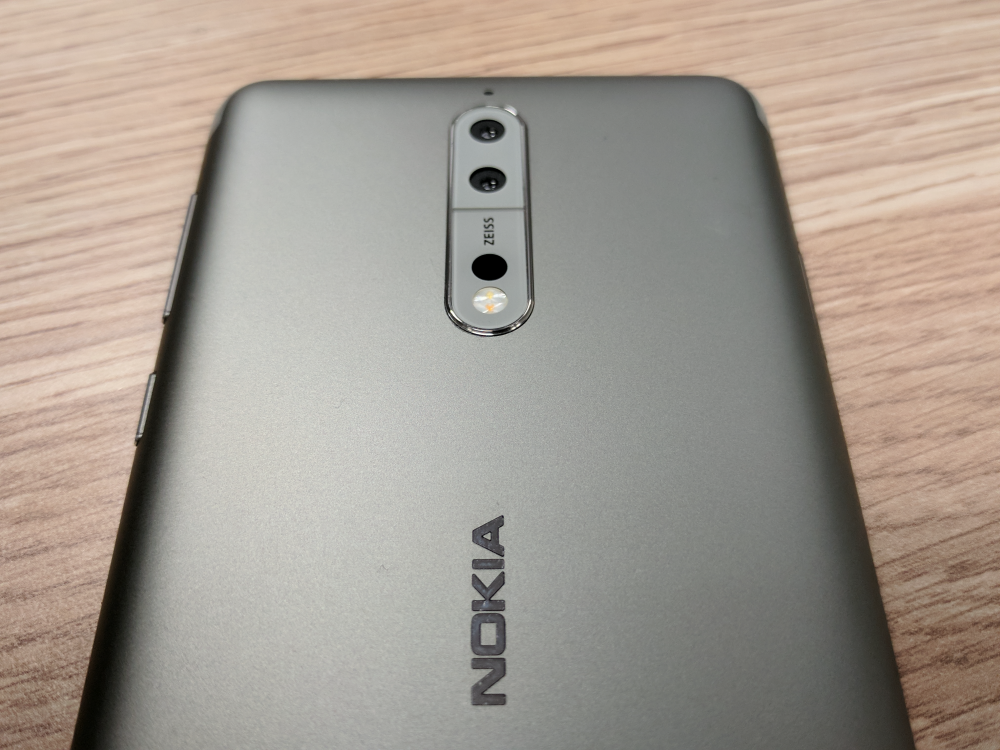
Headline Features
Design
A lot of attention has been paid to the physical design of the phone, and it shows. The Nokia 8 delivers one of the best in-hand feelings I’ve experienced with a phone. It’s a pleasure to hold.
Perhaps more than any other phone in the last couple of years, the Nokia 8’s managed to pack a 5.3-inch screen into a body that’s only a little larger than a Pixel. The phone genuinely feels smaller than it really is, despite some fairly standard top/bottom bezels.
The Nokia 8 makes a statement on the design front with the lovely curves on the rear edges of the phone making an instantly comfortable fit in your hand. Those curves make the phone feel a lot thinner than it actually is, and also disguise the fact that it’s actually a fair bit larger than it feels.
While the phone’s rear does have a pronounced bump around the camera, Nokia has smartly placed it in the centre of the rear panel so it actually makes the phone more balanced on a flat surface. It doesn’t rock unless you press particularly hard in the top left/right corners. If you must have a camera bump, this is certainly the way to do it.
On the front panel you’ll find capacitive back/recent-apps buttons flanking a fingerprint sensor that doubles as a home button. I find I’m increasingly preferring a shift back to capacitive buttons and some kind of physical home key on Android devices. It means I get the full use of the screen, plus a chin that I can actually use to hold onto the phone.
The Nokia 8 has a combo fingerprint sensor and home button dead center on the front chin of the phone, but I found that it would sometimes be confused what I wanted it to be. For example, while making a purchase from Google Play I attempted to scan my fingerprint and found myself back at the home screen. I find myself preferring Samsung’s old home button which was a fingerprint sensor when touched, and a home button when pressed.
Camera
On paper, the Nokia 8’s camera setup is a winner. The dual 13MP rear camera setup – a standard colour sensor with optical image stabilisation and a dedicated monochrome sensor – echoes Huawei’s well-received camera on the P10.
The fact of the matter though is, unfortunately, the camera performance isn’t quite there. The Nokia 8 hunts for focus when it shouldn’t need to, and the software seems to cause a prnounced shutter lag.
Nokia is again working with Zeiss to provide the lenses on their cameras, so it’s disappointing to see that those lenses only afford the camera an f/2.0 aperture. “That’s fine for an $899 phone”, I hear you say, but the fact that companies like Oppo are capable of delivering a wider aperture in a cheaper phone.
Despite the on-paper disappointment, the Nokia 8’s camera holds up well in a well lit daytime environment with an auto-HDR mode that delivers the goods in terms of a vibrant, colour-rich shot. That’s table stakes these days, though.
When the light goes down, the camera will unfortunately be a little lost. You can see it hunting for focus and sometimes choosing the wrong subject or just not quite getting it right – this is a shame given the two autofocus technologies (laser and phase detection) packed into the phone. Unless you’re really sure you nailed the photo, you’re probably going to want to take a couple of shots with an attempt to focus again between them. The shutter lag becomes more pronounced in low light, too. That moment you were trying to capture? It’s probably gone.
Low light shots don’t look bad, but the time it takes to get them right means you just can’t quite rely on the camera to capture what you want it to.
The second sensor on the rear of the phone, like the Huawei P10, is monochrome. Proper black and white shooting isn’t just a case of shooting the same scene with a different sensor; you need to pick your subjects and shots carefully. The monochrome sensor can pull off some impressive shots though, and it may be best used in some limited-light environments, depending on your subject and your shooting style.
Switching between dual and single sensor shooting is accomplished with a button in the camera UI, and switching between a normal shot and the camera’s Dual Sight feature is on the front/rear camera switcher (which means you have an extra tap to switch between front and rear).
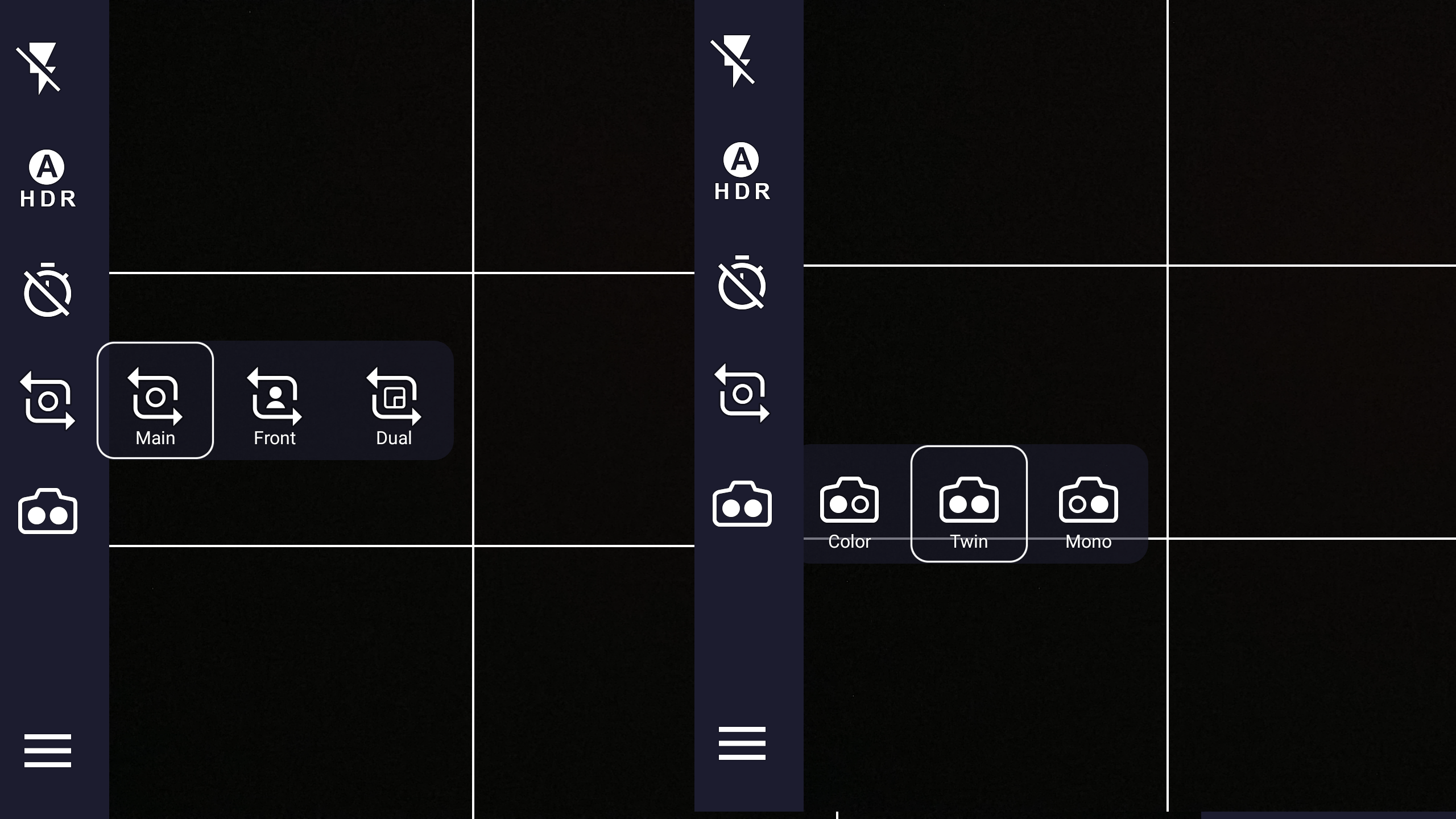
There’s also a somewhat standard set of “pro” controls in the camera for manual shooting, presented as fly-out menus:
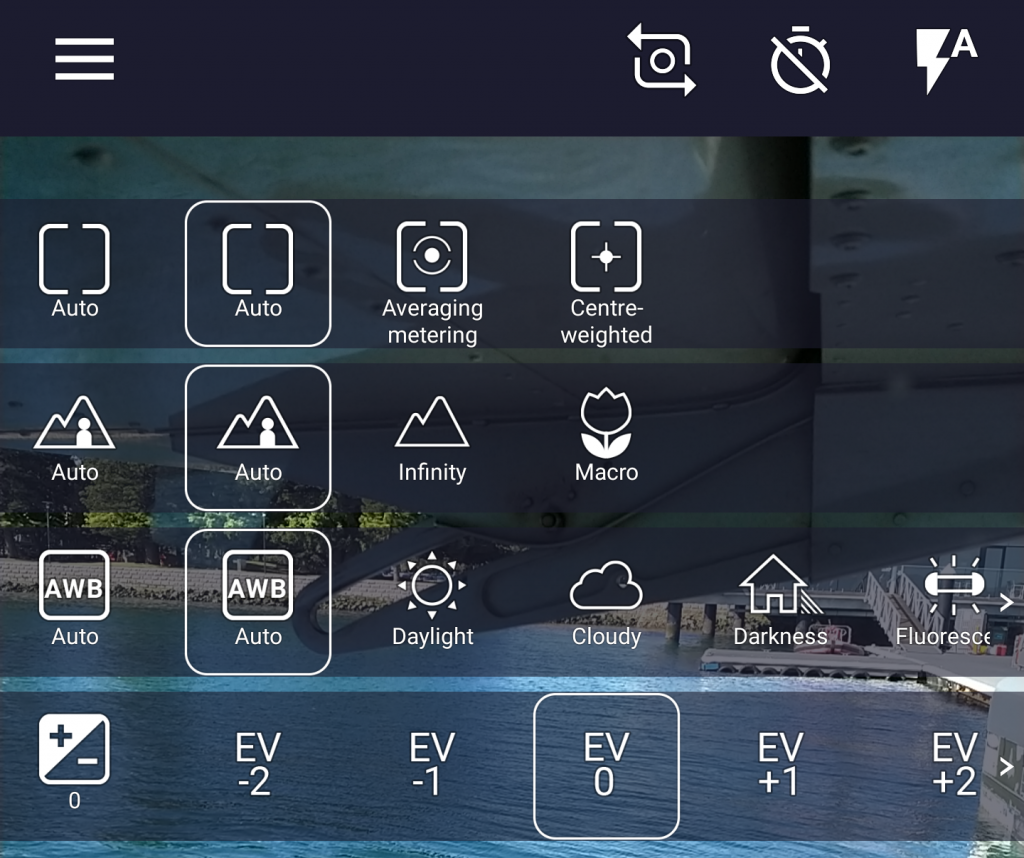
Dual Sight
Nokia’s party piece, Dual Sight, allows you to use both front and rear cameras at once to capture yourself and your subject in almost-square frames. Dual Sight can be useful if you’re capturing an event that really warrants inserting your reaction into the frame, but you’re probably more likely to forget the feature exists.
The front and rear cameras aren’t perfectly lined up (the front camera is a couple of cm off from the rear one), so Dual Sight doesn’t quite give you the experience you expect. It’s more useful for wide shots as you really need to hold the phone a fair way away from your face to avoid up-the-nose shots.

Dual Sight is presented as something new and revolutionary, but the reality is that we’ve seen similar features on phone cameras for years. The 50/50 screen split and the ability to use it for video is probably new, and its to be commended that the feature genuinely does what’s advertised, but the value is probably more questionable than Nokia would like it to be.
Live Streaming
The Nokia 8 can live stream to both Facebook and YouTube, which is where the majority of live streaming occurs these days. It would be nice to see support for services like Periscope added, but I suspect that’s more on Twitter/Periscope’s side than Nokia.
Once configured (you need to sign in to your Facebook or YouTube account and decide which is the default), the live stream button is added to the camera UI and allows you to start the stream without exiting the camera. This also means you can live stream the Dual Sight video – a trick that most other phones can’t pull off.
One thing I did encounter with the live streaming setup was that it didn’t offer the option to live stream as one of the pages my Facebook account manages (so I could live stream as myself, but not Ausdroid).
Is there a solution?
It’s worth noting that the issues around shutter lag can seemingly be resolved by installing the Modified Google Camera APK that’s doing the rounds, although with this separate camera app you’ll lose the ability to select your rear camera sensor, Dual Sight and live streaming.

Hardware
There’s no real surprises on the hardware front for the Nokia 8. We’re ticking boxes, and that’s really okay at the $899 asking price.
There’s a Snapdragon 835 – the industry’s current darling processor, at least until the 836 comes out in a couple of months – running the show, paired with 4GB of RAM and 64GB of storage with microSD expansion.
The display is a lovely 5.3-inch IPS LCD screen that’s quite at-home indoors but can’t quite bring the brightness it needs in sunlight, and Nokia’s loaded up the right edge with a volume rocker and power button whose click isn’t quite as deep or as firm as other manufacturers’.
The USB-C port on the bottom edge brings support for Qualcomm’s Quick Charging, and there’s also some decent bottom-firing speakers with a 3.5mm headphone jack on the top edge of the phone. Both ports are exposed and uncapped, but the phone is IP54-rated so its considered “splashproof”.
The Nokia 8 is a 4G phone that will work on all Australian carriers. It also features Wifi, Bluetooth and NFC connectivity. It’s actually one of the fastest devices I’ve seen to find and connect to my home Wifi network, too.
Software Experience
It’s become a trope for Android phone reviews now, but it still bears repeating – regular, plain, unadorned Android now makes for a compelling phone experience. Ask Nexus or Pixel users if they miss the manufacturer modifications of old.
The big attraction for the Nokia 8 is not just that the phone is running “pure” Android. It means that Nokia’s phones are pretty much running what we call “stock” Android – Nokia actually doesn’t really add much on the software front, but what it does add sits pretty squarely in the app space. In fact, the main change I can see is the company’s camera experience and the addition of an app that tells you how to get support for your phone.
The phone’s launcher is Google’s standard launcher with Google Now (or now, the “Google Feed”) accessible to the left of the main screen and the Google Assistant is available with a long-press of the home button. Nokia hasn’t bothered to replace any standard Google apps with their own – why would you do such a thing in 2017? (I guess thats a question for most other manufacturers, really).
This also comes with a commitment to keep pace with security updates. Our review unit came running Android 7.1.1 with July security patches from the factory, and received the August update during the review period.
There’s not much more to say about it. The software on this phone is about as close as you’ll get to a Pixel or Nexus experience without actually buying such phones. That’s not just a good thing, it’s a great thing. We need to see it more often.
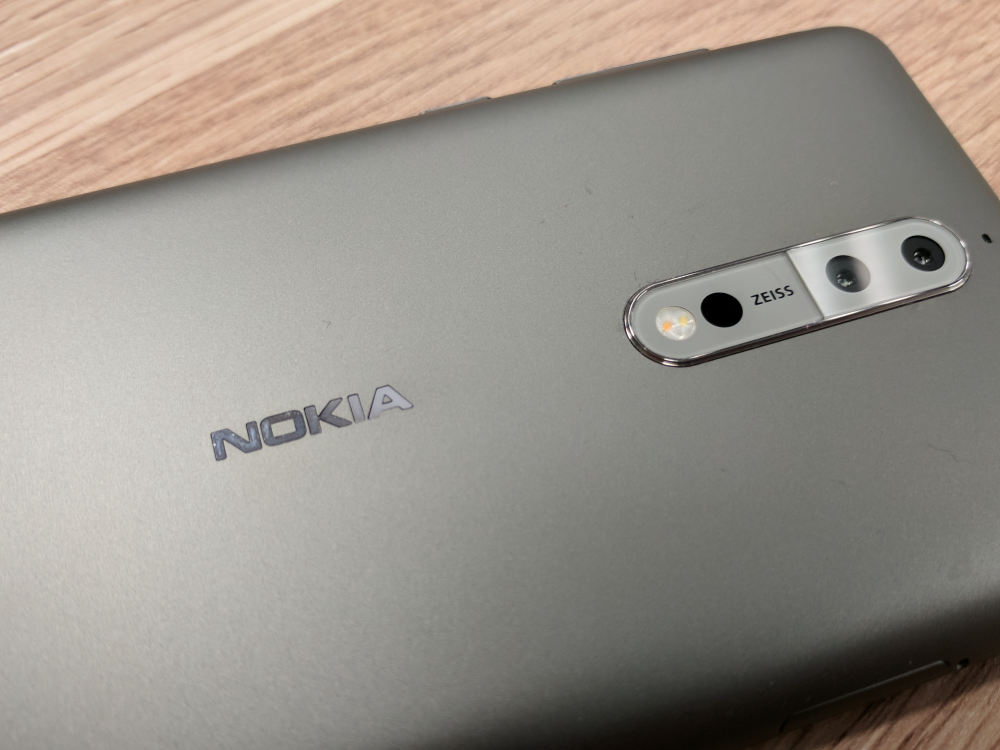
The Nokia 8 is a good phone for it’s price, with just a couple of shortfalls stopping it hitting “great”.
Disappointingly, the camera is the phone’s achilles heel. It’s just so important these days, especially at the high-end of the market which is where Nokia wants the 8 to be seen. You can get better camera experiences in other phones at the same or lower price, or you can go up a little to the current king of the hill – the HTC U11. Moving in either direction will lose you Nokia’s Pure Android experience, though. It depends how much you believe in the pure “stock” Android experience.
There’s also the new kid on the Australian block to consider – you can get the OnePlus 5 with slightly better specs and a similar software experience for $200 less at $699.
The Nokia 8 feels like it’s been pitched at $100-200 more than it should have been, and if it were to be offered on-contract via a carrier there might be a more compelling case to be made. With sales only taking place at retail and started this week, it really needs to hit everything out of the park to stack up against its competition, but it’s hit a 4 instead of a 6.
HMD Global’s accomplished something pretty special with the Nokia 8. It’s a big statement from a company that’s not even a year old, that they intend to be a serious contender at the high end of the market just as much as the low. Here’s hoping that the followup to the Nokia 8 will hit it out of the park.




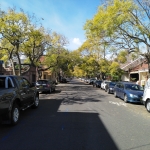

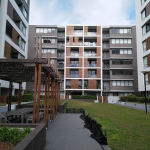

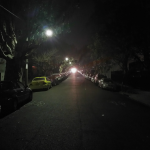




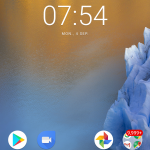


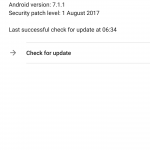



Regarding “The display is a lovely 5.3-inch IPS LCD screen that’s quite at-home indoors but can’t quite bring the brightness it needs in sunlight” This seems really strange since its the brightest LCD display on the market currently with 700nits (even brighter than iPhone 7 and +). Also all other reviews I have read praise the screen for outdoor readability? Sounds like one or more of below 1. The screen is not enough for Australia’s bright sun, but neither is any others phones screen. Might be worth mentioning in that case since it sounds as though its worse than other… Read more »
Did you test battery life? I couldn’t find mention of it.
Good question!
The SD835 has been known to delicately sip battery power and thus extend battery life, especially on the HTC U11 and the Sony XZ Premium. In the case of the Nokia 8 it’s been good but not great. It’s actually got a slightly larger battery than the U11 had, but it just seemed to have been consumed a little more by the end of the day. Maybe its the IPS LCD as opposed to the U11’s Super LCD screen, or maybe its the always-on display.
Jason – your gmail needs some attention mate!! First time i have ever seen a notification badge “clocked”